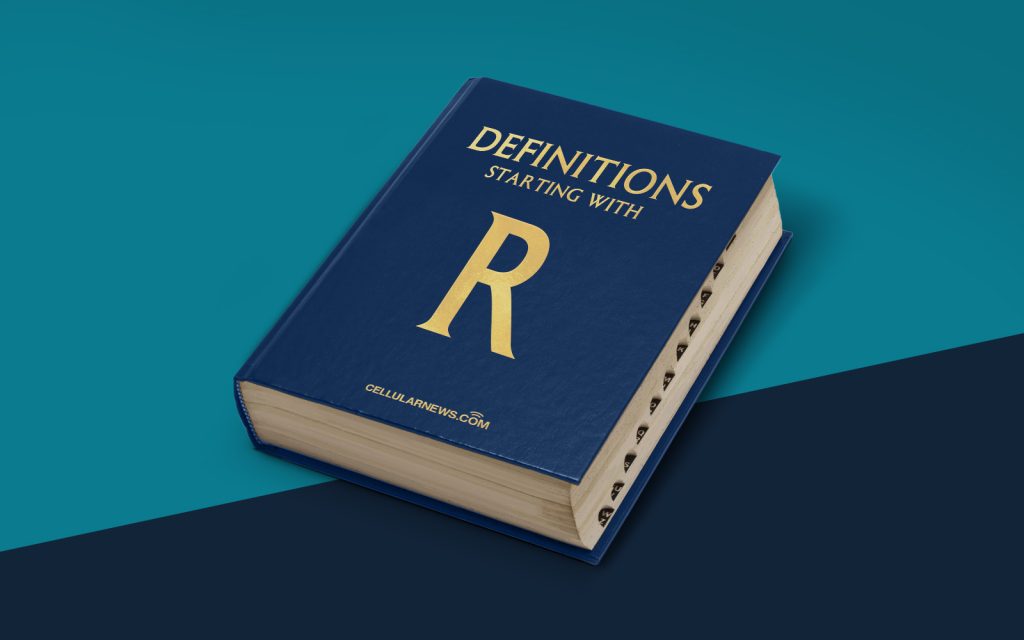
What is R?
If you are interested in the world of statistical programming languages, you might have heard of R. But what exactly is R and why is it such a popular choice among statisticians and data scientists? In this blog post, we will take a closer look at R and explore its features, applications, and advantages.
Key Takeaways
- R is a programming language specifically designed for statistical analysis and data visualization.
- R is open-source and has a vast library of packages that offer a wide range of statistical techniques and data manipulation capabilities.
An Overview of R
R is a powerful statistical programming language that was developed by Ross Ihaka and Robert Gentleman at the University of Auckland, New Zealand in the late 1990s. Built on the foundation of the S programming language, R was designed to provide statisticians and data scientists with a flexible and comprehensive toolset for analyzing and visualizing data.
One of the key features of R is its ability to handle large datasets and perform complex statistical calculations. R offers a wide range of built-in functions and libraries that cover everything from basic statistical analysis to advanced machine learning algorithms. This makes R a popular choice for data scientists and statisticians who need to work with diverse datasets and perform sophisticated analyses.
R is also known for its data visualization capabilities. The language provides a variety of tools and libraries for creating high-quality graphs, charts, and plots. These visualizations can help users gain insights from data and effectively communicate their findings to others.
Applications of R
R finds applications across various industries and fields due to its versatility and expansive library of packages. Some common applications of R include:
- Data analysis and modeling: R’s extensive package ecosystem provides a wide range of statistical techniques, making it suitable for data exploration, regression analysis, hypothesis testing, and predictive modeling.
- Data visualization: R’s visualization libraries, such as ggplot2, allow users to create beautiful and interactive visual representations of data, enabling better understanding and interpretation of complex datasets.
- Machine learning: R offers numerous packages for machine learning, making it suitable for tasks such as classification, clustering, and natural language processing.
- Quantitative finance: R is widely used in the finance industry for tasks like portfolio analysis, risk assessment, and option pricing.
- Biostatistics: R is extensively used in the field of biostatistics for clinical trials, experimental design, and genetic data analysis.
Advantages of R
R has gained popularity among statisticians and data scientists for several reasons:
- Open-source nature: R is an open-source language, which means it is freely available for anyone to use, modify, and distribute. This fosters a collaborative and supportive community of developers who continuously improve and enhance the language.
- Extensive package ecosystem: R has a vast collection of packages that extend its capabilities. These packages cover a wide range of statistical techniques, providing users with a wealth of tools for data analysis and modeling.
- Strong data visualization capabilities: R’s visualization libraries, such as ggplot2 and plotly, allow users to create visually appealing and informative plots and charts, enabling effective communication of data insights.
- Integration with other programming languages: R can be easily integrated with other programming languages like Python and SQL, enabling users to leverage the strengths of multiple languages and tools.
- Active and supportive community: R has a large and active community of users who contribute to the development of the language by creating packages, sharing knowledge, and providing support through forums and online communities.
Overall, R is a versatile and powerful statistical programming language that offers a comprehensive set of tools for data analysis, modeling, and visualization. Whether you are a statistician, data scientist, or researcher, R can be a valuable asset in your analytical toolkit.
